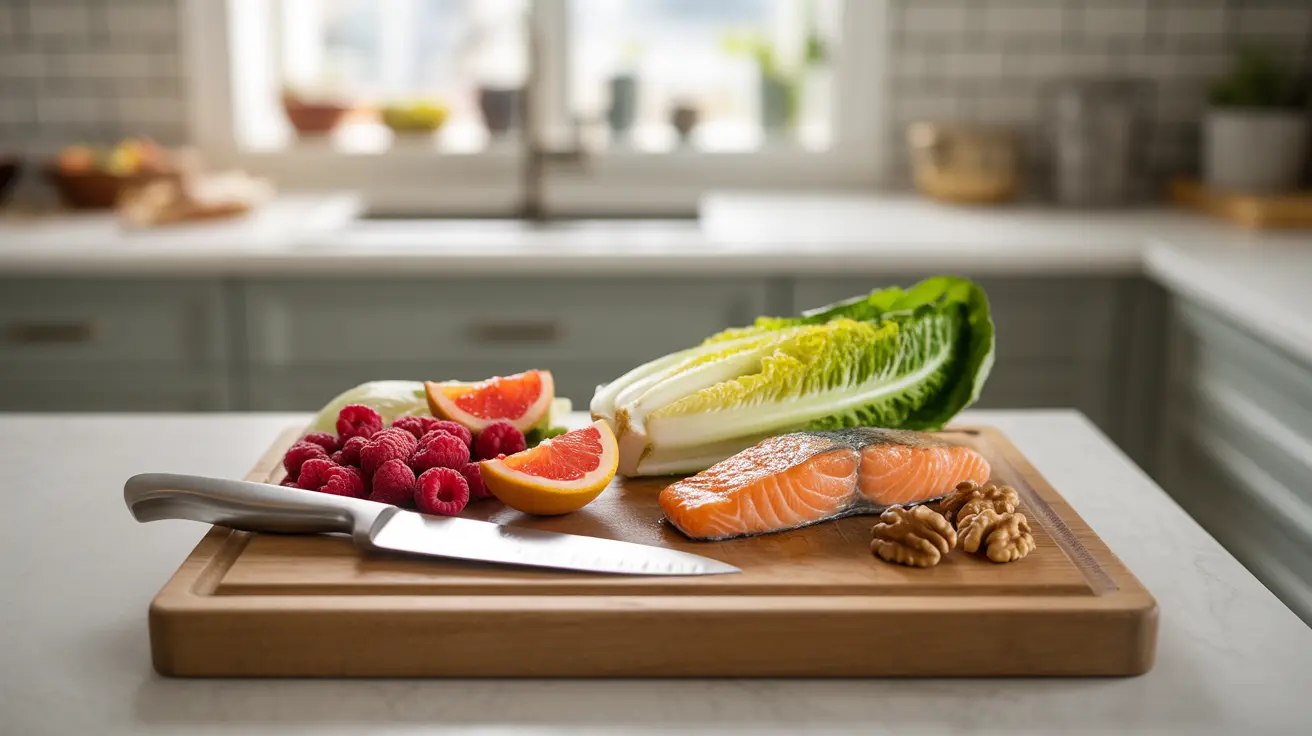Managing diabetes through proper nutrition starts with smart grocery shopping. Creating a well-planned diabetic grocery list is crucial for maintaining stable blood sugar levels and making healthier food choices. This comprehensive guide will help you navigate the supermarket aisles with confidence, ensuring you stock your kitchen with diabetes-friendly foods.
Planning Your Diabetes-Friendly Shopping Trip
Before heading to the store, take time to plan your shopping strategy. Create a detailed list based on balanced meal plans, and stick to it to avoid impulse purchases that might affect your blood sugar management. Consider shopping after eating to reduce the temptation of choosing less healthy options.
Fresh Produce Selections
Best Vegetables for Diabetes Management
Focus on non-starchy vegetables that are high in fiber and nutrients but low in carbohydrates:
- Leafy greens (spinach, kale, lettuce)
- Cruciferous vegetables (broccoli, cauliflower, Brussels sprouts)
- Bell peppers
- Tomatoes
- Cucumbers
- Zucchini
Diabetes-Friendly Fruits
Choose fruits with lower glycemic index values and control portion sizes:
- Berries (strawberries, blueberries, raspberries)
- Citrus fruits (oranges, grapefruit)
- Apples
- Pears
- Stone fruits (peaches, plums)
Protein Sources
Include these healthy protein options in your diabetic grocery list:
- Skinless chicken breast
- Turkey
- Fish (salmon, tuna, mackerel)
- Eggs
- Lean beef cuts
- Plant-based proteins (tofu, tempeh)
Dairy and Alternatives
Select low-fat or fat-free options when possible:
- Greek yogurt (plain, unsweetened)
- Cottage cheese
- Low-fat milk
- Sugar-free plant-based milk alternatives
- Reduced-fat cheese
Smart Grain Choices
Choose whole grains over refined options:
- Brown rice
- Quinoa
- Steel-cut oats
- Whole grain bread (check for high fiber content)
- Whole wheat pasta
Healthy Fats and Condiments
Include these healthy fats in moderation:
- Olive oil
- Avocados
- Nuts (almonds, walnuts)
- Seeds (chia, flax)
- Sugar-free condiments
Snack Options
Stock up on diabetes-friendly snacks:
- Raw vegetables with hummus
- Mixed nuts (unsalted)
- Hard-boiled eggs
- Sugar-free gelatin
- Low-fat cheese sticks
Frequently Asked Questions
What foods should I include on a diabetic grocery list to help manage blood sugar?
Include high-fiber vegetables, lean proteins, whole grains, and healthy fats. Focus on foods with a low glycemic index such as leafy greens, berries, lean meats, and nuts. Avoid or limit processed foods, sugary items, and refined carbohydrates.
How can I plan meals and create a grocery list to avoid impulse buying with diabetes?
Plan your meals for the week, create a detailed shopping list organized by food categories, and eat before shopping. Shop the perimeter of the store first where fresh, whole foods are typically located, and avoid the aisles with processed foods when possible.
Which fruits and vegetables are best for people with diabetes, and which should be limited?
Best choices include non-starchy vegetables like leafy greens, broccoli, and peppers, and lower-sugar fruits like berries, citrus, and apples. Limit starchy vegetables like potatoes and high-sugar fruits like bananas and dried fruits.
What types of proteins and dairy are recommended for a diabetes-friendly diet?
Choose lean proteins like chicken breast, fish, eggs, and plant-based options such as tofu. For dairy, opt for low-fat or fat-free options like Greek yogurt, cottage cheese, and sugar-free milk alternatives.
How do I choose grains and snacks that fit a diabetes-friendly grocery list?
Select whole grains with high fiber content and low glycemic index values. For snacks, choose options that combine protein and fiber, such as nuts with fresh fruit, or vegetables with hummus. Always check nutrition labels for hidden sugars and portion sizes.




